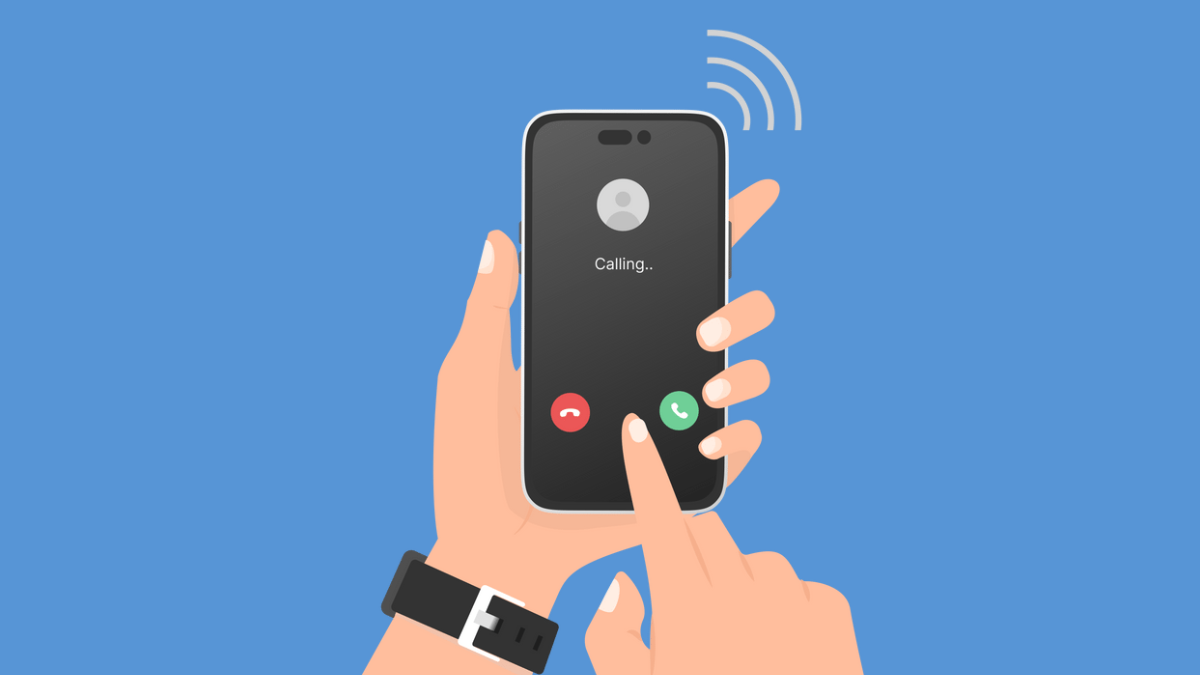If your Galaxy A56 isn’t receiving calls, it can be frustrating and confusing. I’ve had this happen myself, and after trying a bunch of things and digging through what worked for other users online, I finally figured out what helped. Below are the actual fixes that made a difference.
Why Your Galaxy A56 Might Not Be Receiving Calls
Here are the most common reasons based on real user experiences:
- Call forwarding is accidentally enabled
- Do Not Disturb is turned on
- The caller is on your blocked list
- A loose or faulty SIM card is affecting signal
- Third-party apps are interfering with calls
- Network settings are misconfigured
- There is a carrier-related issue
- Your device is affected by a minor software bug
1. Turn Off Call Forwarding
Several users discovered their calls were being redirected without them knowing.
Open the Phone app. Tap the three-dot icon, then go to Settings > Supplementary services > Call forwarding > Voice call. Tap each option and make sure everything is set to “Disabled,” especially Always forward.
2. Disable Do Not Disturb
This feature can silently block all incoming calls.
Swipe down from the top-right corner of the screen to open Quick Settings. If Do Not Disturb is active, tap it to turn it off. You can also check it by going to Settings > Notifications > Do Not Disturb and reviewing schedules or rules that might be blocking calls.
3. Check Blocked Numbers
If someone’s number is blocked, you won’t receive their calls.
Open the Phone app. Tap the three-dot menu > Settings > Blocked numbers. Review the list and unblock any number that shouldn’t be there.
4. Reseat the SIM Card
A slightly misaligned SIM card can stop incoming calls from getting through.
Power off your phone. Use the SIM ejector to remove the tray. Take out the SIM card, clean it gently with a soft cloth, then reinsert it and turn your phone back on.
5. Reset Mobile Network Settings
This fix helped many users who had calling issues due to incorrect network settings.
Go to Settings > General management > Reset > Reset mobile network settings. Confirm the reset, then try receiving a call once your phone restarts.
6. Try Safe Mode
Apps like call blockers or recorders can interfere with incoming calls.
Hold the Power key, then tap and hold Power off until the Safe mode prompt appears. Tap it to reboot into Safe Mode. Try receiving a call. If it works, uninstall recently installed apps that could be causing the problem before restarting your phone normally.
7. Test a Different SIM Card
This is one of the easiest ways to check if the problem is SIM-related.
Borrow a working SIM card and insert it into your Galaxy A56. If the phone receives calls, your original SIM may be damaged. You can request a replacement from your carrier.
8. Update Your Phone Software
Several users fixed this issue after installing the latest software update.
Go to Settings > Software update > Download and install. If there’s an available update, install it and restart your device. Then try receiving a call again.
9. Contact Your Carrier
Some issues come from the provider, not the phone itself.
Use another phone to call your mobile provider. Ask them to check your account for call barring, suspended service, or regional issues that may be blocking calls.
If none of these steps work, it might be time to visit a Samsung service center. A hardware problem like a damaged antenna or SIM reader could be the reason you’re not getting calls.
FAQs
1. Why does my Galaxy A56 have signal but won’t receive calls?
This usually happens when Do Not Disturb or call forwarding is enabled. It could also be a SIM or network configuration issue.
2. Can apps block incoming calls silently?
Yes, apps like call blockers, spam filters, or VPNs have been known to prevent calls from coming through.
3. Will resetting mobile network settings delete anything important?
No. It only resets network configurations such as mobile, Wi-Fi, and Bluetooth settings. Your data will stay safe.
4. How can I tell if my SIM card is the problem?
Insert it into another phone. If it doesn’t receive calls there either, it’s likely the SIM is faulty.
5. Do Samsung phones often have this issue?
It’s not extremely common, but it does happen. Most of the time, it’s caused by a software setting or a bad SIM and can be fixed without repair.
